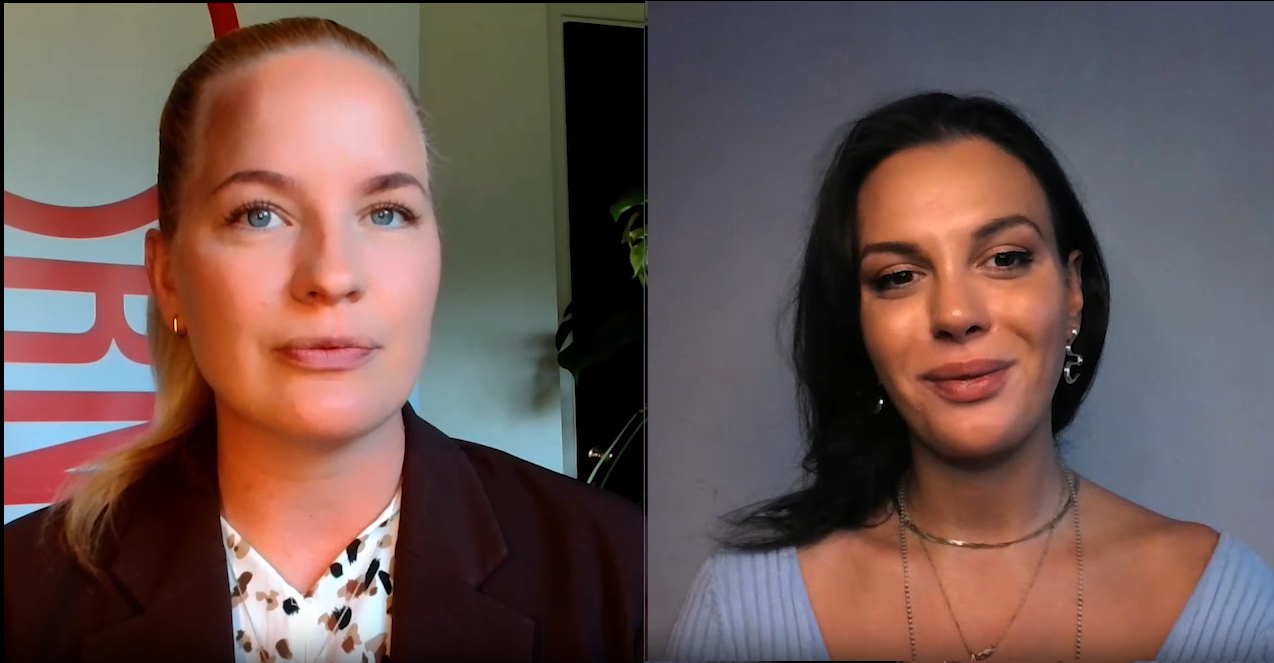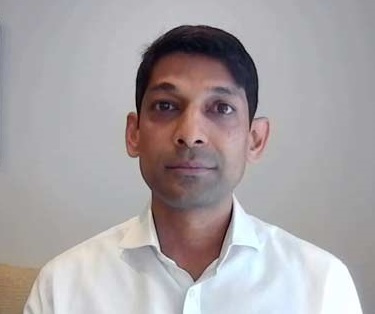Lukas Strobl: The 60-40 portfolio, where a 60% equity allocation delivers your long-term returns and a 40% bond allocation protects you in times of volatility, was an investor favorite for decades but experienced a bit of an identity crisis in 2022, when both of these asset classes were smarting during central banks' hiking cycles. After that, commentators were quick to pronounce the strategy dead.
Well, I'm here with Morningstar Manager Research Analyst, Thomas DeFauw. Thomas, first of all, how has 2023 been for 60-40 investors?
Thomas DeFauw: Hey, Lukas. Well, it's been much better. The 60-40 portfolio is up around 7% year-to-date at the end of last month. That's a nice rebound from the steep losses it suffered last year, but it's important to know that all of that performance this year came from stocks. In fact, if you look at the Bloomberg Global Aggregate Index, which represents the bond sleeve here, that is almost down 1% in euros and up a modest 70 basis points in US dollars.
If you remember, at the start of the year, many economists were predicting a recession in the US That didn't come to pass. In fact, the US economy turned out to be much more resilient than expected, and the end of the rate hike cycle has sort of been pushed forward. Since the start of the year, the Fed hiked policy rates another 100 basis points. This has obviously put pressure on bond prices. For example, the US 10-year yield is now around 4.2%, whereas mid-January it was still trading at 3.4%. With that, the talk in the markets has shifted to rates possibly staying high for longer.
LS: Well, that sounds like more bad news for bonds. Should I have them in my portfolio at all then?
TDF: Well, I think bonds have an important role in the portfolio. It probably makes more sense now than it has been for a very long time to hold them. If you look at short-term fixed income securities, you can earn quite an attractive nominal yield without taking much credit or duration risk. If rates should go up a little further, you can reinvest those proceeds. So, basically, today you're being paid to wait. Meanwhile, if you believe that we're still heading for a recession or if inflation comes down and central banks start cutting rates, you might want to lock returns for multiple years and consider bonds with longer maturities. That is, of course, the trade-off that active managers have to make on a daily basis.
LS: Well, it seems not even economists are sure. They're about evenly split on the likelihood of a US recession in the next year, and I'm not about to roll those dice. So, what are your favorite managed funds that would do the allocating for me?
TDF: Yeah. So, we cover several actively managed multi-asset funds. Today, I'll discuss two that use the 60-40 portfolio as their benchmark. The first one is T. Rowe Price Global Allocation strategy, which is managed by Charles Shriver and Toby Thompson. The two managers are backed by a large multi-asset team that total over 80 people, and it's this team that makes the allocation calls. They take active stance, but they rarely deviate substantially from the fund's neutral weightings of 60% in global equities, 28% in fixed income, and then 12% in cash and alternatives. This portfolio has around 15 underlying strategies, which are all managed by various teams at T. Rowe Price. For example, on the equity side, it allocates to regional strategies, including US large cap value and US large cap growth. And within the fixed income, besides investment-grade securities, there's also room for high yield and emerging market debt.
The second fund, which has a similar name, is BlackRock's Global Allocation. This is also a strong choice for investors looking for a global diversified portfolio. The appointment of CIO Rick Rieder as lead manager in April 2019 has brought stability after a series of manager changes and analyst turnover. He and the team have improved the process, the risk management, and they now follow a more top-down approach. In light of these enhancements, we decided to upgrade the process rating from above average to high.
LS: Well, thanks for these picks, Thomas. That sounds like the news of the death of 60-40 have been greatly exaggerated. For Morningstar, I'm Lukas Strobl.





























